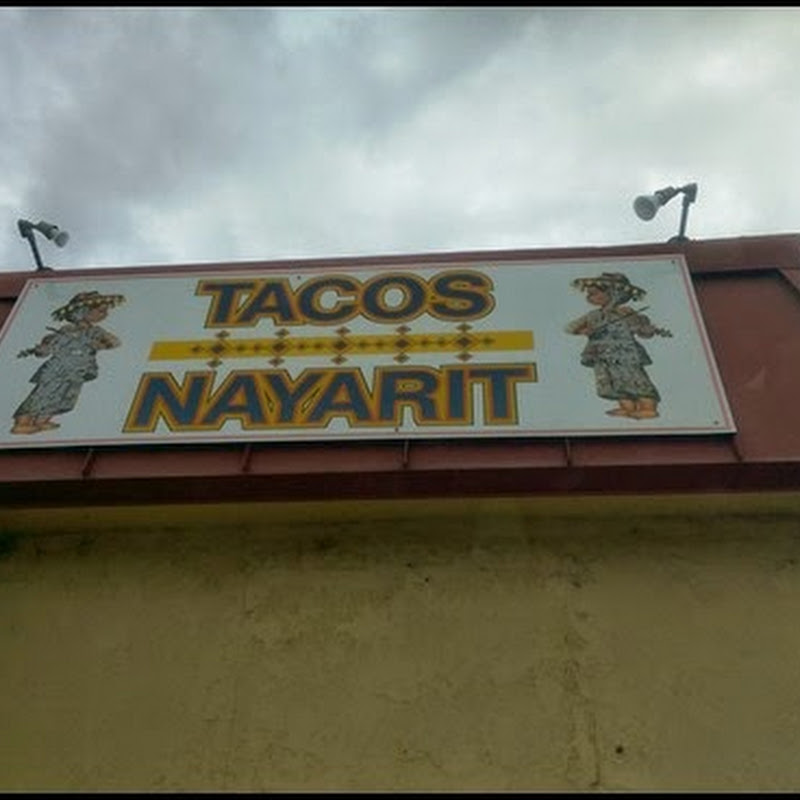 On one of our recent trips into Astoria, we noticed a Coast Guard Cutter tied up at the dock, adjacent to the Maritime Museum. While we were waiting for the trolley, we walked out to this guardian of our ocean borders, and snapped a couple of pictures. During WWII, my father served in the Coast Guard, but in those years of war, being in the Coast Guard was much like being in the Navy. He served in the south pacific, surviving the dangers of that duty, only to return home and lose his life in an auto accident. So, whenever I see anything relating to the Coast Guard, I feel like there's some sort of intangible connection.
On one of our recent trips into Astoria, we noticed a Coast Guard Cutter tied up at the dock, adjacent to the Maritime Museum. While we were waiting for the trolley, we walked out to this guardian of our ocean borders, and snapped a couple of pictures. During WWII, my father served in the Coast Guard, but in those years of war, being in the Coast Guard was much like being in the Navy. He served in the south pacific, surviving the dangers of that duty, only to return home and lose his life in an auto accident. So, whenever I see anything relating to the Coast Guard, I feel like there's some sort of intangible connection. This past weekend, a small group of volunteers, in conjunction with the Seaside Museum & Historical Society, the Pacific Northwest Living Historians, and the Lewis & Clark National Historic Park, re-enacted the Lewis & Clark expeditions salt making, on the beach near Seaside, OR. These actors, dressed in period clothing, represented a group from the Lewis & Clark Party who found a suitable, ocean side location, in which to boil seawater, and the subsequent making of salt.
This past weekend, a small group of volunteers, in conjunction with the Seaside Museum & Historical Society, the Pacific Northwest Living Historians, and the Lewis & Clark National Historic Park, re-enacted the Lewis & Clark expeditions salt making, on the beach near Seaside, OR. These actors, dressed in period clothing, represented a group from the Lewis & Clark Party who found a suitable, ocean side location, in which to boil seawater, and the subsequent making of salt.  The process wasn't too complicated, it primarily consisted of keeping fires going 24 hours a day, and as the seawater boiled away, the concentration of salt increased. The fellow pictured below, was playing the character of SGT Patrick Gass. When the death of SGT Floyd occurred, early on during the westward journey, Gass was promoted from Private to SGT, and was one of the leaders of the expedition, below Lewis & Clark.
The process wasn't too complicated, it primarily consisted of keeping fires going 24 hours a day, and as the seawater boiled away, the concentration of salt increased. The fellow pictured below, was playing the character of SGT Patrick Gass. When the death of SGT Floyd occurred, early on during the westward journey, Gass was promoted from Private to SGT, and was one of the leaders of the expedition, below Lewis & Clark.  This actor, speaking as SGT Gass, explained to us, and several others, the exact process that they used in making the salt. My question was why they traveled so far south (approx. 15-20 miles one way) from their winter quarters at Fort Clatsop, to this location. His answer was that the Columbia River dumps so much fresh water into the ocean, that they had to travel south, away from the mouth of the river, to find ocean water with a high enough concentration of salt.
This actor, speaking as SGT Gass, explained to us, and several others, the exact process that they used in making the salt. My question was why they traveled so far south (approx. 15-20 miles one way) from their winter quarters at Fort Clatsop, to this location. His answer was that the Columbia River dumps so much fresh water into the ocean, that they had to travel south, away from the mouth of the river, to find ocean water with a high enough concentration of salt.  Many of the salt makers made this one day journey, over the course of about 2 months (Jan/Feb
Many of the salt makers made this one day journey, over the course of about 2 months (Jan/Feb1806), and when they were finished, they had enough salt to last for the entire journey back east. This is just one on the many side stories of the Lewis & Clark Expedition, and for folks like Patty and I who are interested in history, it's a fascinating story. These actors and their encampment, brought the story to life.





No comments:
Post a Comment